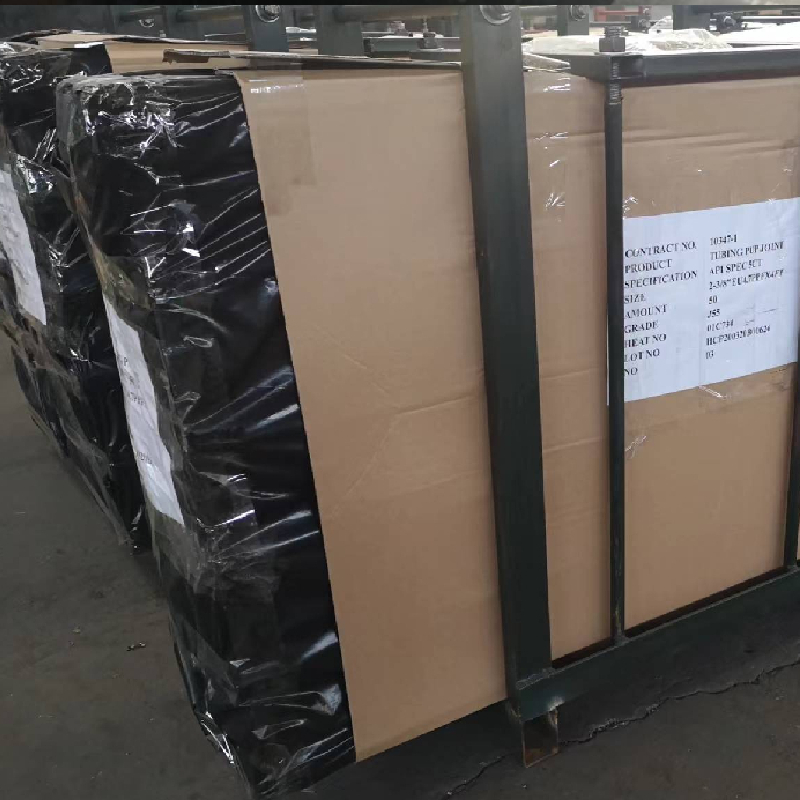- Afrikaans
- Albanian
- Amharic
- Arabic
- Armenian
- Azerbaijani
- Basque
- Belarusian
- Bengali
- Bosnian
- Bulgarian
- Catalan
- Cebuano
- Corsican
- Croatian
- Czech
- Danish
- Dutch
- English
- Esperanto
- Estonian
- Finnish
- French
- Frisian
- Galician
- Georgian
- German
- Greek
- Gujarati
- Haitian Creole
- hausa
- hawaiian
- Hebrew
- Hindi
- Miao
- Hungarian
- Icelandic
- igbo
- Indonesian
- irish
- Italian
- Japanese
- Javanese
- Kannada
- kazakh
- Khmer
- Rwandese
- Korean
- Kurdish
- Kyrgyz
- Lao
- Latin
- Latvian
- Lithuanian
- Luxembourgish
- Macedonian
- Malgashi
- Malay
- Malayalam
- Maltese
- Maori
- Marathi
- Mongolian
- Myanmar
- Nepali
- Norwegian
- Norwegian
- Occitan
- Pashto
- Persian
- Polish
- Portuguese
- Punjabi
- Romanian
- Russian
- Samoan
- Scottish Gaelic
- Serbian
- Sesotho
- Shona
- Sindhi
- Sinhala
- Slovak
- Slovenian
- Somali
- Spanish
- Sundanese
- Swahili
- Swedish
- Tagalog
- Tajik
- Tamil
- Tatar
- Telugu
- Thai
- Turkish
- Turkmen
- Ukrainian
- Urdu
- Uighur
- Uzbek
- Vietnamese
- Welsh
- Bantu
- Yiddish
- Yoruba
- Zulu
casing pup joint
Understanding Casing Pup Joints in Oil and Gas Operations
Casing pup joints are an essential component in the oil and gas industry, playing a critical role in the overall integrity and safety of drilling operations. These short sections of pipe are integral to connecting larger casing sections to accommodate various operational requirements. In this article, we will explore the purpose, characteristics, and significance of casing pup joints in the context of oil and gas drilling.
What are Casing Pup Joints?
Casing pup joints are typically short lengths of casing pipe that can be added to the main casing string. They come in varying lengths, generally ranging from 1 to 5 feet, and are designed to be used in combinations to achieve the desired configuration during drilling. Their primary function is to help adjust the total length of the casing string to ensure proper fit and alignment in wellbore applications.
Pup joints are used when minor adjustments are needed in the casing length, such as aligning with other equipment or accommodating certain drilling conditions. They can be produced from various materials, depending on the well's specific requirements, ensuring they meet the necessary pressure and temperature ratings.
Importance of Casing Pup Joints
1. Versatility in Design Casing pup joints provide operators with the flexibility to customize their casing strings. By using these joints, operators can fine-tune the length of the casing to fit the well's geological characteristics and other operational parameters. This versatility is crucial in ensuring that the casing supports the well structure adequately and prevents any potential collapse or pressure issues.
casing pup joint

2. Facilitating Connections One of the primary advantages of casing pup joints is their role in connecting different sections of casing. In many cases, longer sections of casing cannot be transported or installed due to logistical constraints. Casing pup joints allow for easier transportation and assembly by providing shorter, manageable sections that can be connected on-site.
3. Easing Installation Challenges During the installation of casing, it is often necessary to navigate various challenges such as irregular wellbore conditions and changes in direction. Casing pup joints can simplify this process by providing flexibility and ease when connecting sections together. As a result, they help to maintain the integrity of the casing string during the installation phase.
4. Enhanced Well Integrity The proper use of casing pup joints contributes to the overall integrity of the well. A well-designed casing string, utilizing pup joints effectively, helps in stabilizing the wellbore and managing the pressures exerted during drilling. This, in turn, minimizes the risk of blowouts and other dangerous situations that can arise during drilling operations.
5. Cost-Effectiveness Incorporating casing pup joints into drilling operations can lead to cost savings. Their flexibility allows for more precise installations, reducing waste and the need for additional casing material. Moreover, the ease of installation helps in minimizing time spent on the operation, translating to lower labor costs.
Conclusion
Casing pup joints may seem like minor components in the extensive framework of oil and gas drilling; however, their significance cannot be overstated. They serve multiple critical functions, from facilitating connections and enhancing well integrity to providing the flexibility needed to adapt to various drilling conditions. As the industry continues to evolve and push towards more efficient operational methods, the role of casing pup joints will undoubtedly remain a key aspect in the pursuit of safe and effective drilling practices.
As operators strive to optimize their drilling processes, understanding and effectively utilizing casing pup joints will be vital. Their ability to seamlessly integrate into drilling operations ensures not just the schematics of the well are met, but also the safety and operational efficiency necessary in a constantly evolving sector. Thus, casing pup joints stand as a testament to the engineering ingenuity that propels the oil and gas industry forward.
-
Tubing Pup Joints: Essential Components for Oil and Gas OperationsNewsJul.10,2025
-
Pup Joints: Essential Components for Reliable Drilling OperationsNewsJul.10,2025
-
Pipe Couplings: Connecting Your World EfficientlyNewsJul.10,2025
-
Mastering Oilfield Operations with Quality Tubing and CasingNewsJul.10,2025
-
High-Quality Casing Couplings for Every NeedNewsJul.10,2025
-
Boost Your Drilling Efficiency with Premium Crossover Tools & Seating NipplesNewsJul.10,2025







